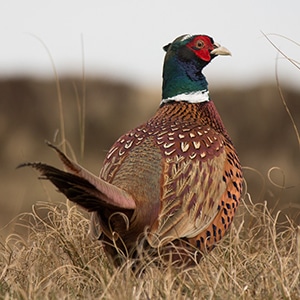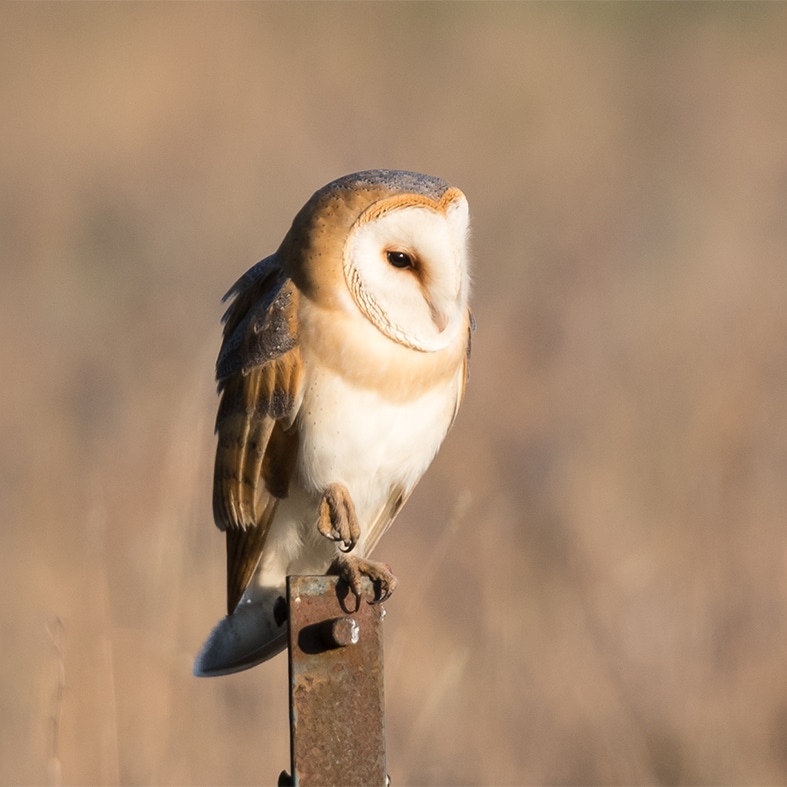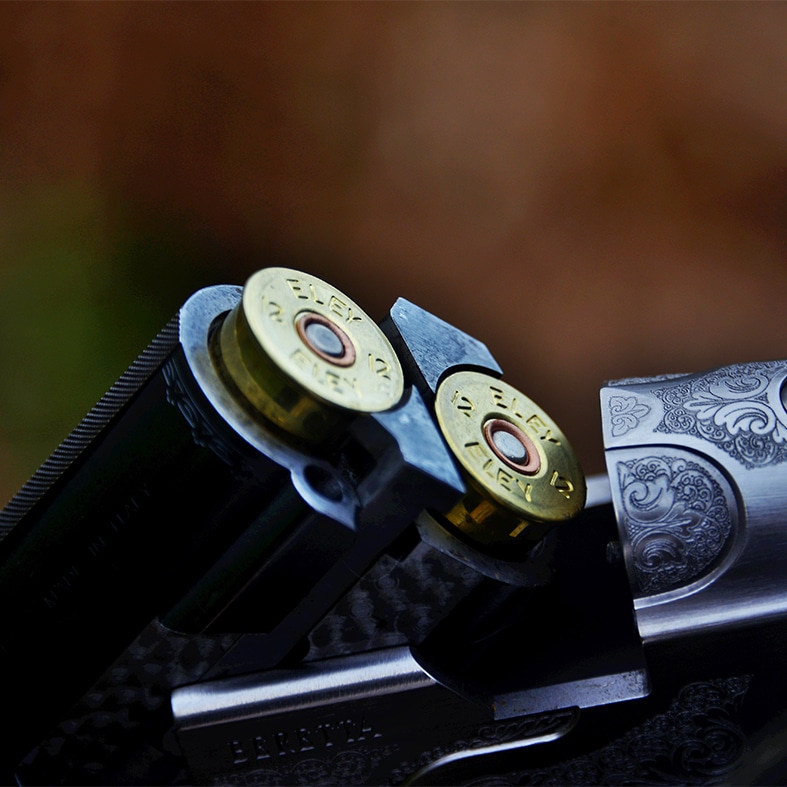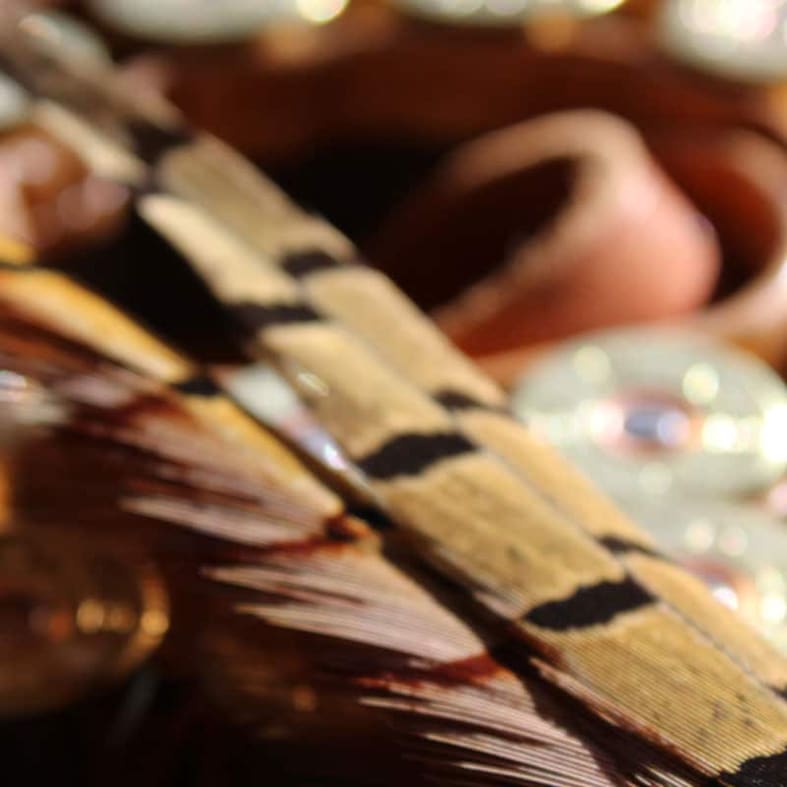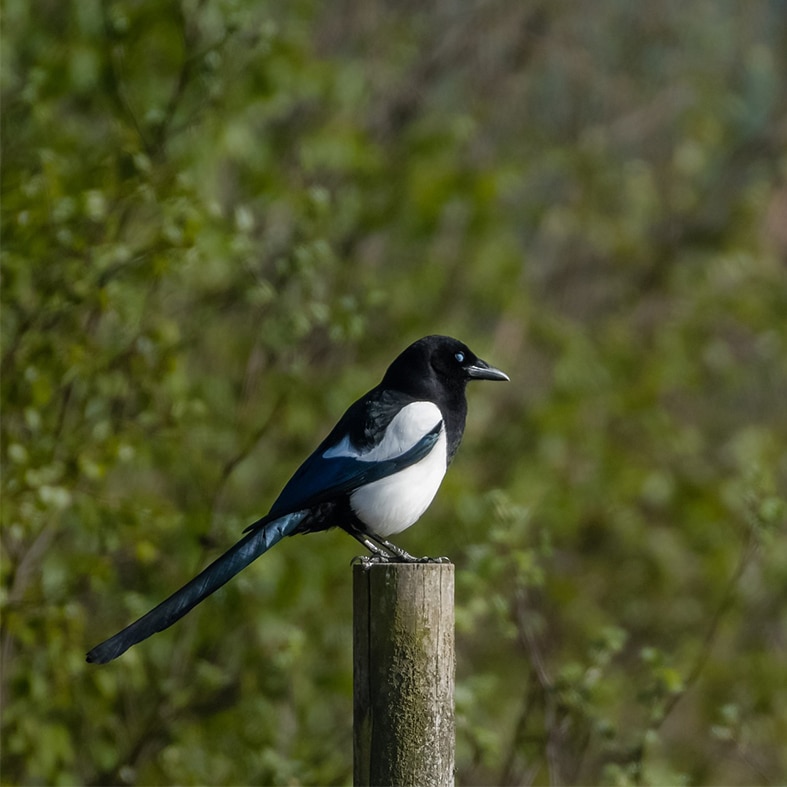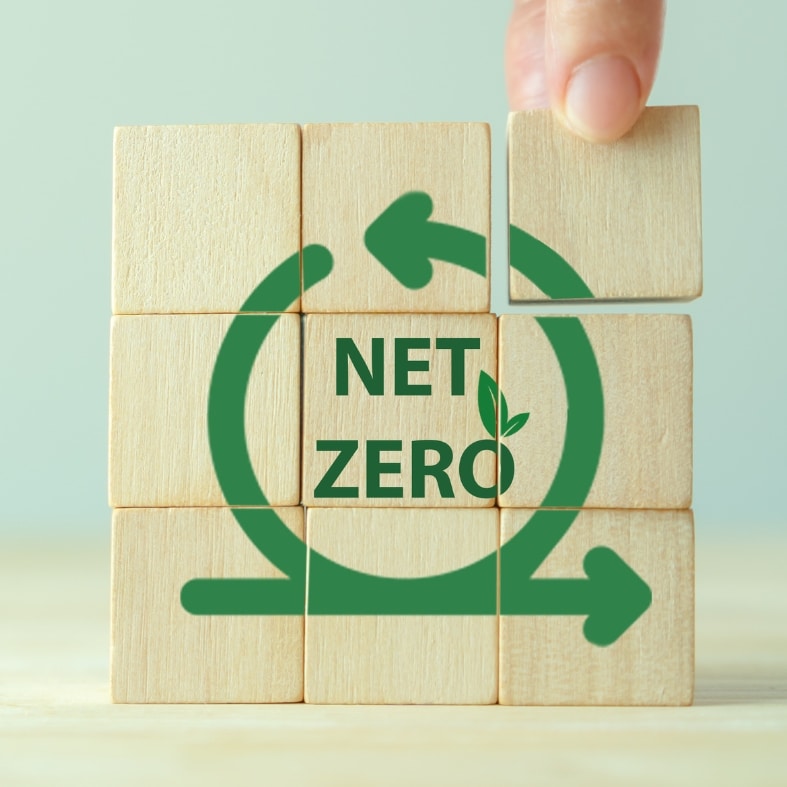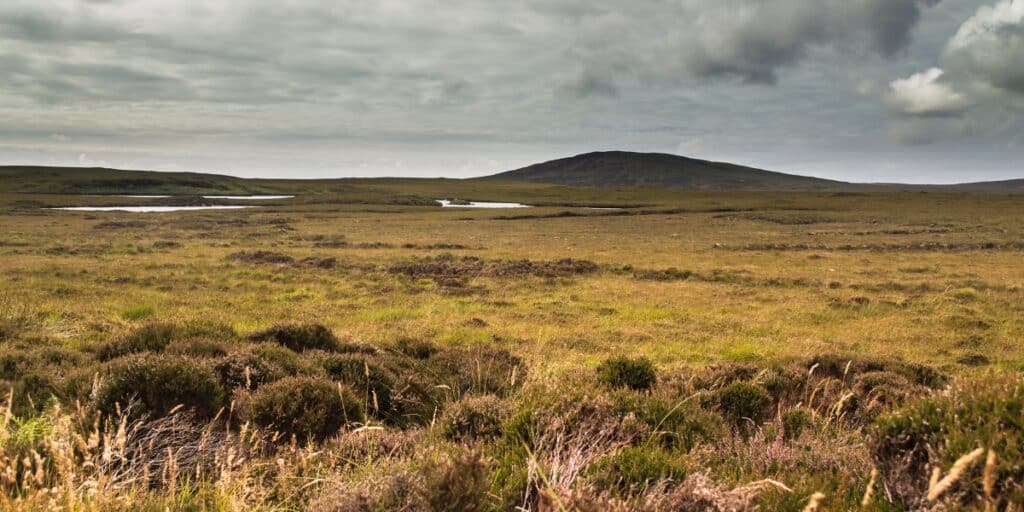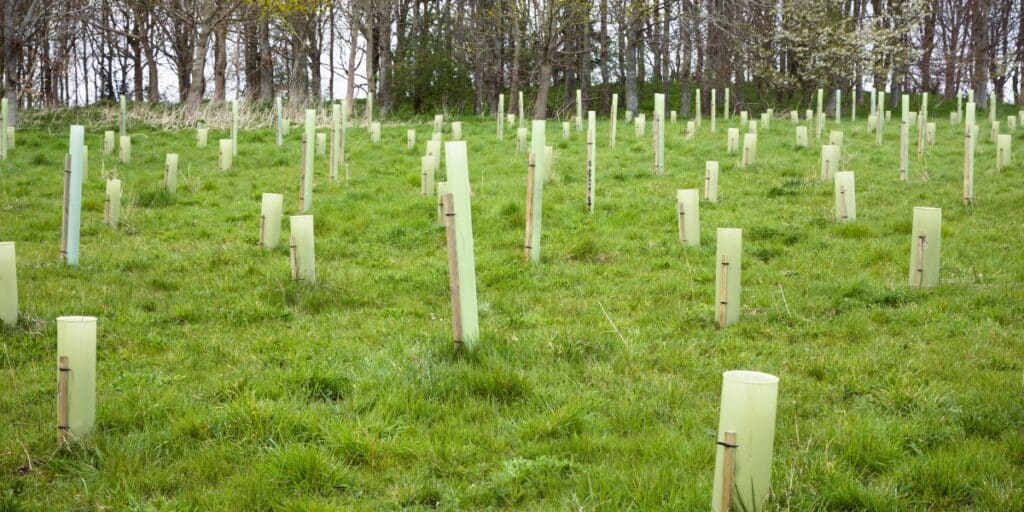Main Baccarat Online, Raih Jackpot dengan Trik Ini!
Baccarat online blu 89 adalah salah satu permainan casino paling populer yang dikenal karena kesederhanaan dan potensi kemenangan besar. Permainan ini mudah dipahami oleh pemula, namun tetap menawarkan tantangan yang menyenangkan bagi pemain berpengalaman. Jika Anda ingin meraih jackpot saat bermain baccarat online, Anda perlu tahu beberapa trik dan strategi yang bisa meningkatkan peluang menang.
